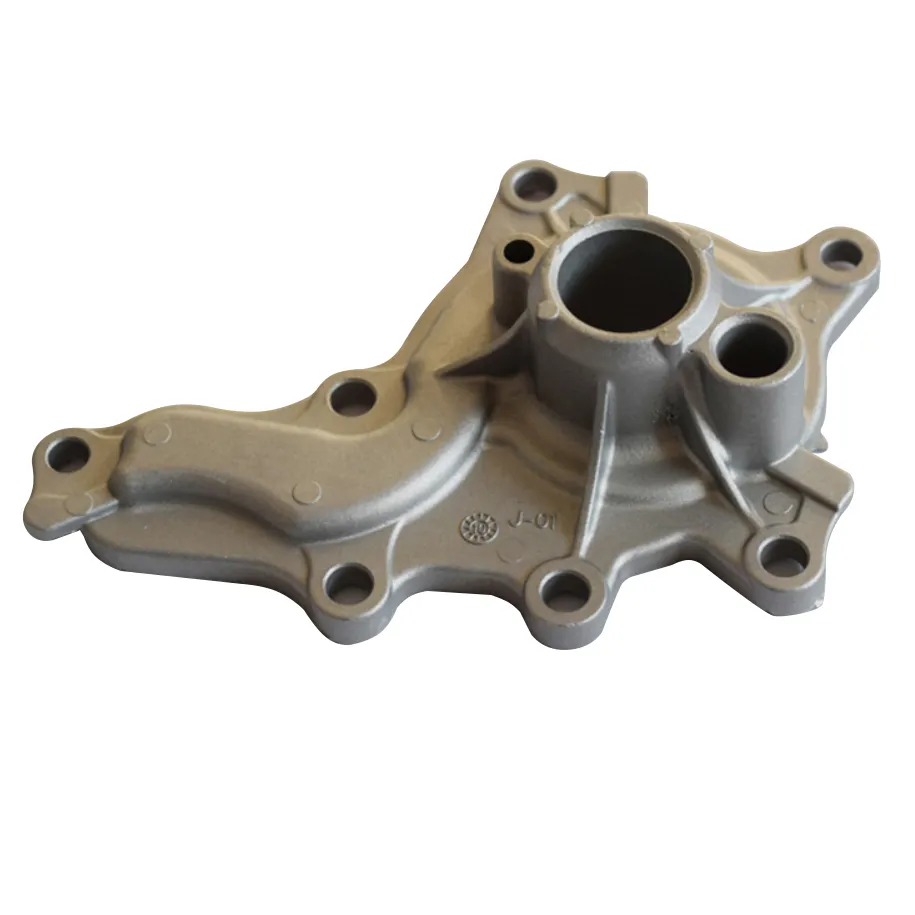Mobile:+86-311-808-126-83
Email:info@ydcastings.com
English
Custom Engineered Turbine Housing Solutions for Enhanced Performance and Durability in Various Applications
Custom Turbine Housing A Key Element in Optimizing Performance
In the world of engineering and manufacturing, achieving optimal performance from machinery is paramount. One component that plays a crucial role in this optimization is the turbine housing. A custom turbine housing, specifically designed to meet the unique needs of a given application, can significantly enhance the efficiency and reliability of turbine systems, whether in automotive, aerospace, or industrial applications.
The Importance of Customization
Turbine housings serve as the core structure that encases the turbine itself. They are responsible for guiding the flow of air or exhaust gases, managing thermal expansion, and housing critical components such as bearings and seals. Generic turbine housings may lack the precision or specific design elements required for high-performance settings. By opting for a custom turbine housing, manufacturers can account for variables such as space limitations, weight distribution, thermal management, and flow dynamics that are unique to their systems.
Design Considerations
When designing a custom turbine housing, several factors must be taken into account. First and foremost is the material selection. Turbine housings are often subjected to extreme temperatures and pressures. As a result, materials like high-strength alloys, stainless steel, or titanium are commonly chosen for their durability and resistance to corrosion and thermal fatigue.
Additionally, airflow dynamics are crucial to a turbine's performance. Custom housing designs can optimize the flow characteristics, reducing turbulence and increasing efficiency. Computational fluid dynamics (CFD) simulations and other modeling techniques can be utilized during the design phase to predict how changes in housing shape and size will influence overall performance.
Benefits of Custom Turbine Housing
custom turbine housing

The advantages of utilizing custom turbine housing are manifold. One of the primary benefits is improved efficiency. Custom designs that optimize airflow can lead to significant gains in performance, allowing machines to operate more effectively with less fuel consumption. This is particularly critical in industries where fuel efficiency translates to lower operational costs and reduced environmental impact.
Moreover, custom turbine housings can enhance the longevity of turbine components. Tailored designs can help dissipate heat more effectively, reducing wear and tear on critical parts. This can lead to longer maintenance intervals and lower downtime, benefiting manufacturers in competitive markets where reliability is crucial.
Another advantage lies in the ability to integrate additional features. Custom turbines can incorporate features such as integrated mounting points for sensors or unique connectors that facilitate easier installation and maintenance. This level of specificity is often unattainable with off-the-shelf products.
Industry Applications
From automotive turbochargers to aircraft engine turbines, custom turbine housings find their place across various industries. In the automotive sector, car enthusiasts often seek custom turbine solutions to boost performance and response time, particularly in racing applications. Similarly, the aerospace industry demands precision-engineered turbine housings that can operate under extreme conditions while maintaining weight efficiency.
In industrial applications, such as power generation, custom turbine housings can improve the reliability of turbines dealing with variable loads and fuel types. Custom solutions can adapt to the specific operational demands, enhancing overall plant efficiency.
Conclusion
Custom turbine housing is not merely an accessory but a vital component that can drastically affect the performance and reliability of turbine systems. By investing in tailored designs that meet specific operational requirements, industries can reap the benefits of improved efficiency, longevity, and functionality. As technology evolves, the demand for customized solutions will continue to grow, driving innovation and performance enhancements across diverse sectors. Whether in automotive racing or aerospace engineering, the importance of a well-designed turbine housing cannot be overstated in the quest for peak performance.
-
Premium Fan Housing & Motor Casing for Optimal AirflowNewsAug.31,2025
-
High-Performance Automobile Water Pump & Electric SolutionsNewsAug.30,2025
-
Expert Stainless Steel Casting | Precision & Durable Metal PartsNewsAug.29,2025
-
Precision Metal Castings: Aluminum, Stainless Steel & Die CastingNewsAug.28,2025
-
Superior Aluminum Castings in Automotive Engine PartsNewsAug.22,2025
-
Common Materials Used in Fan Housing ManufacturingNewsAug.22,2025











